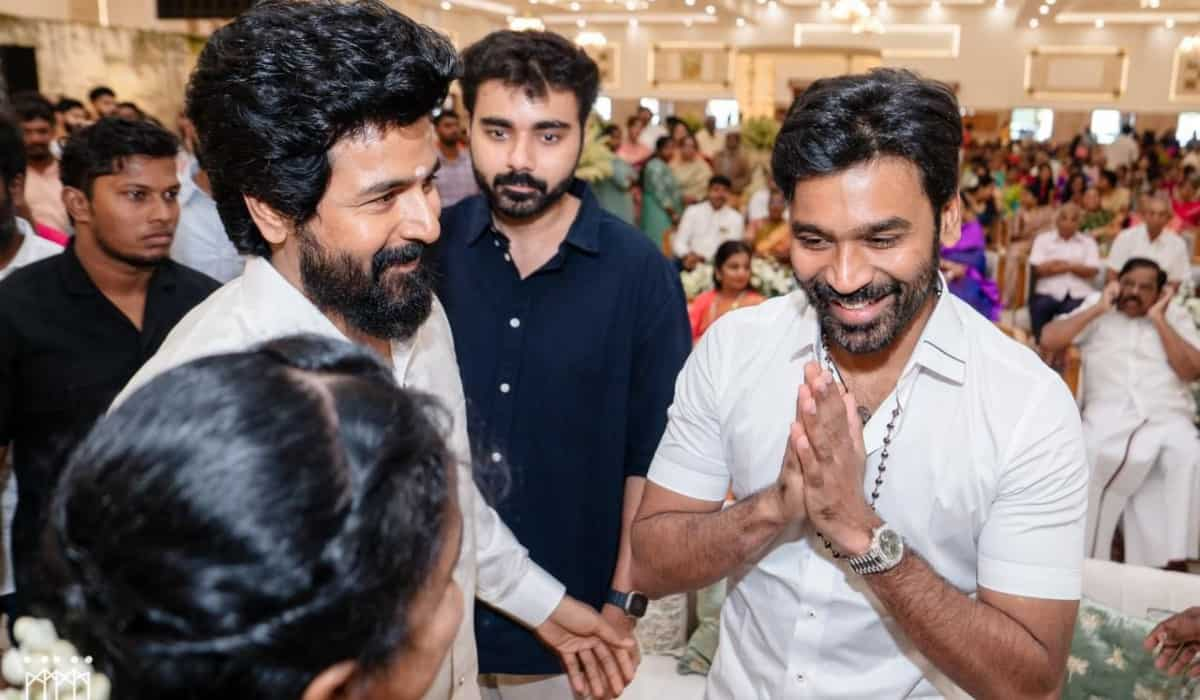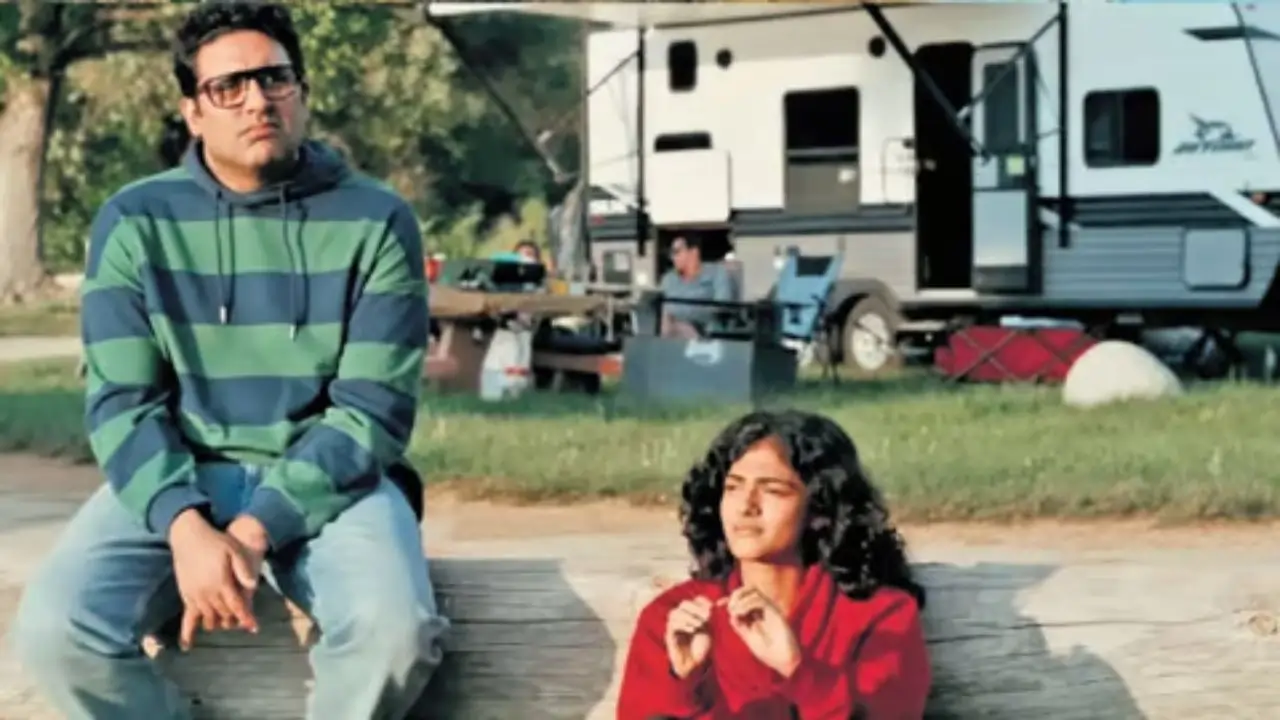
Rude Food by Vir Sanghvi: Kababs, yes, but khandvi too
15 days ago | 5 Views
Few Indian food terms are as misused as Mughlai. Wikipedia tells us that Mughlai refers to the food of the Mughals, which sounds fair enough, but then the entry goes on to bracket so-called Mughal dishes with food from the Delhi Sultanate, which predated the Mughals, and specialties from the Awadh court, which later developed a different cuisine of its own, quite distinct from the food of the Mughals in Delhi.
In any case, even that definition is far more exacting than the way in which the term is usually used these days: To describe any rich non-vegetarian dish associated in the public mind with the Muslim community. As the food of India’s Muslims is hardly monolithic with huge regional variations and different schools of cooking, any attempt to generalise about Muslim food is a doomed enterprise anyway.
What is true is that way before the Mughals came to rule Delhi, we had Muslim kingdoms all over north India. The rulers of these kingdoms employed chefs who cooked dishes from central Asia and the Middle East. Often the chefs took these dishes and gave them a spicy local twist, which is why the food of north India shares so many dishes with the Middle East, all of them vastly improved in their Indian avatars.

Nevertheless, the constant misuse of terms like Mughlai has led us to the current situation, where so many people regard all non-vegetarian food as being of Mughal origin and believe that Hindus were vegetarians before the Mughals got here. In fact, the non-vegetarian tradition in Hindu communities dates all the way back to our earliest recorded history. Such empires as the Mauryas celebrated non-vegetarian dishes and their cuisine went all the way from birds to frogs.
And even during the Middle Ages, the dishes that came to us from West Asia ceased to be exclusively Hindu or Muslim. Take the samosa. It is a West Asian turnover in origin but it is no longer regarded as a so-called Muslim dish, perhaps because the majority of samosas sold in India are vegetarian. Or take the jalebi. This is a sweet you will still find all over the Middle East and West Asia. But it is so popular in India that we forget that its origins lie outside of our borders.
And the caricature of the Mughals as hard-core non-vegetarians who slaughtered cows while oppressing a vegetarian Hindu population is so far from the truth that it is almost comically inaccurate.
So, I was pleased to see that Salma Yusuf Husain has translated the Alwan -e-Nemat, a 16th century manuscript written originally in Persian (the language of the Mughal court) which deals with the food cooked in the Emperor Jahangir’s kitchen. It includes recipes that Husain has updated and offers a surprising glimpse into what the Mughals actually ate. (Hint: It was not all Mughlai food.)
The first surprise is that there are no beef recipes at all. Despite the caricature, the Mughals were not big beef eaters. Their favourite red meat was sheep/lamb, and the recipes specify the breed of lamb that is best for each dish. It’s very different from today when generic goat meat is used in north Indian cooking, without any breed being specified. As interesting is the relative unpopularity of chicken. The Mughals did eat birds but domesticated chicken was not their favourite.

Another surprise is that while the Mughals were picky about the ingredients they used, they did not stick to what we regard as premium ingredients today. For instance, no contemporary chef making a dish that will be passed off as Mughlai would dream of using anything except for long grain basmati rice for pulaos or biryanis. But the Mughals used at least 12 varieties of rice including the short grain Sukhdev rice.
And the biggest surprise, of course, is the wide variety of vegetarian food that was served in court. In recent years there has been an attempt to portray khichdi as the vegetarian Hindu alternative to the non-vegetarian biryani which is associated with Indian Muslims.
This was always a slightly idiotic distinction – even today, khichdi is not necessarily vegetarian – but the manuscript explodes that belief quite comprehensively. We know from other sources that Jahangir was fond of a khichdi that was cooked once a week in his court. There has been speculation that he preferred khichdi made from bajra, a variation that is much less cooked in today’s India, because khichdi is usually made with rice.
But of course bajra khichdi has a long historical tradition and is still cooked in some homes today. But it can be hard to find: I had never tried it until I shifted to my present home and discovered that my neighbour, Mrs Singhal, made a perfect bajra khichdi to an old family recipe. It may well be a traditional Gujarati dish as the food historians claim, but my many Gujarati relatives do not make it. (Perhaps we are just culinarily challenged!)
The story about the Emperor’s fascination with bajra khichdi comes from the Jahangirnama, believed to be Jahangir’s autobiography. But the Alwan-e-Nemat has many recipes for rice khichdis, including some made with moong dal. Interestingly there are also some non-vegetarian khichdis made with both dal and lamb.
This is the tradition that most Indian chefs now ignore preferring to focus on biryani – with the exceptions of Vineet Bhatia and Gaggan Anand, the only chefs I know who give khichdi the respect it deserves.

Was biryani around in Jahangir’s time? I suspect it rather depends on what you define as biryani but Husain includes such recipes as Biryan Khurasani, which she calls lamb rice. It is not dissimilar to mutton biryani but there are some key differences. For people who care about this sort of thing – and there is much unnecessary snobbery about biryani these days – it is worth noting that the Mughals had no snobbery about vegetarian biryan or pulao. The rice dishes were made with vegetables, meat, fish and fruit. There was no pecking order in the kitchen in which vegetables came after meat.
Another surprise – it is hinted at in the Jahangirnama – is that contrary to the caricature of the Mughals longing only for the meaty food of Central Asia is that there was actually a lot of vegetarian Gujarati food served in the court. There are recipes for Gujarati style baingan ka bharta and kadhi and even khandvi. So, five centuries ago the rulers of India ate vegetarian Gujarati food at home. The more things change the more they remain the same… (Okay; perhaps not!)
What all this suggests to me is that we should dispense with the absurd distinctions between non-vegetarian Muslim food and vegetarian Hindu food. Yes, of course, there are non-vegetarian dishes associated with some Indian Muslim communities and there are dishes favoured by some Hindu caste groups and communities.
But these are the extremes. In between there is a vast middle ground of dishes that you cannot classify only on the basis of Hindu or Muslim.
Even five centuries ago an Indian cuisine that was multi-regional and neither exclusively vegetarian or non-vegetarian had already developed. And Indian food is a combination of too many different influences for us to be able to categorise each dish on the basis of religion.
So, it’s best to do what they did in Jahangir’s court. Eat an aromatic lamb pulao. Try a little haleem. And combine it all with a paneer samosa or a khandvi. Because good food has no religion, only flavour.
Read Also: Best Mamaearth sunscreens: 10 top choices for all-day protection





















